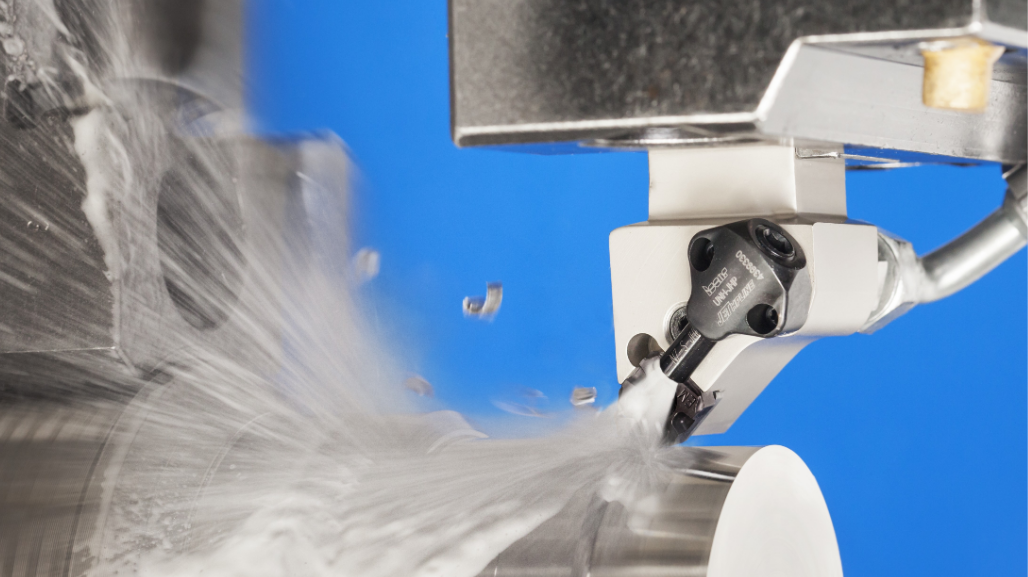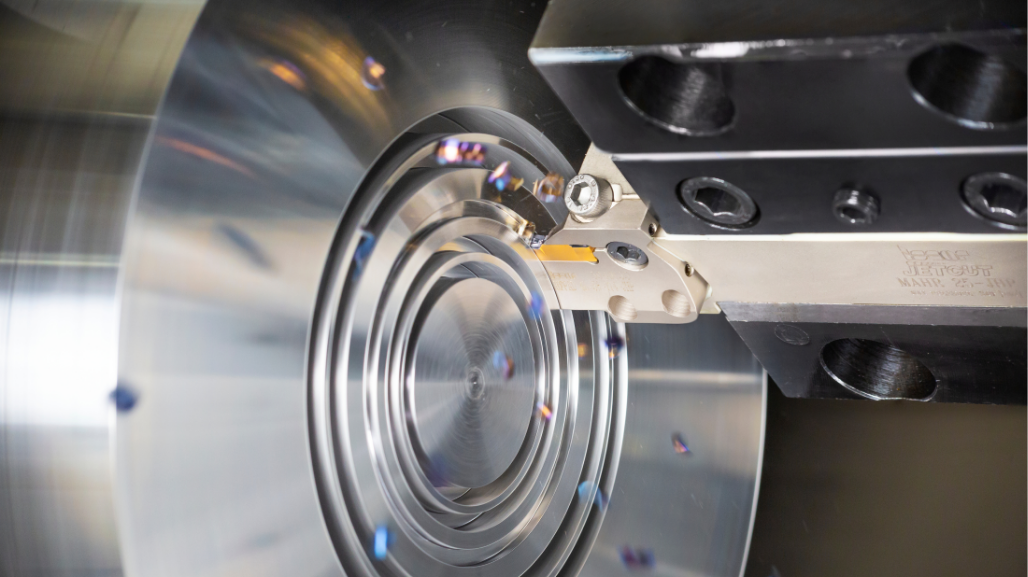
What You Need to Know:
On Sept. 23, OSHA will begin to enforce new silica exposure rules in construction. PEL drops to 0.05 milligrams per cubic meter of air.
To be in compliance, companies need to prove PEL by exposure assessment, and ideally: follow the controls in Table 1 of the law, undergo performance or scheduled air monitoring, and have a written program and worker training.
Companies can become exempt from PEL and exposure assessment when they “fully and properly implement” the controls outlined in the regulation for engineering, work conditions, respirators and other specified tools.
Compliance also requires a “competent person” on-site and training.
Safety managers in manufacturing can prepare for the 2018 silica exposure enforcement date by better understanding what is happening in construction. A recent 3M webinar by a 30-year industrial hygienist puts silica management in perspective.
It’s finally happening.
The Occupational Safety and Health Administration will enforce silica exposure regulation (29 CFR 1910, 29 CFR 1926)—effective Sept. 23, 2017. Updates to the OSHA law on silica exposure were announced in 2013, but OSHA delayed enforcement for construction until now. General industry, such as manufacturing and maritime, will face silica compliance enforcement in June 2018.
“Brick manufacturers, granite countertop manufacturing, dental offices, interestingly enough, all can be exposed,” says Don Garvey, a construction industrial hygienist at 3M. “Anybody in general industry that does abrasive blasting that may either be using silica sand or may be blasting on cementitious materials could certainly have a silica exposure.”
Recently, Garvey explored silica exposure enforcement as part of an MSC-sponsored safety webinar. Based in St. Paul, Minnesota, he has 30 years of certified industrial hygiene experience, with former roles at The St. Paul Companies and Honeywell Systems.
OSHA estimates 2.3 million workers are exposed to crystalline silica, with 2 million of them in the construction industry alone, hence the enforcement priority, explains Garvey. The other 300,000 are in general industry.
Garvey presented the context for the changes to the law and highlighted common issues in compliance, including how to understand the new permissible exposure limits (PELs) and required exposure assessments. He also detailed how to use appropriate controls to reduce or remove the hazardous aspects of silica exposure to the benefit of exemption. Attaining exemption requires meeting OSHA’s regulatory specifications for environmental and work conditions—which are outlined in detail in Table 1 of the law.
For safety managers looking for up-to-date information from OSHA on general industry, Garvey advises reviewing OSHA’s Small Entity Compliance Guide and the General Industry and Maritime fact sheet.
What Is the New Silica PEL?
The new regulation has simplified the former, convoluted silica guidelines by type, making them all the same.
“The new (federal) permissible level of silica is 0.05 milligrams per cubic meter of air,” Garvey says. “If you’ve been working with silica in the past, the formula is gone; we’re not concerned with the different types of crystalline silica anymore … They’re all considered the same, so things are a little bit simpler in that respect.”
To illustrate how the PEL change would work in real-world terms, Garvey shares an example of the former permissible exposure levels allowed in Washington state. He showed a University of Washington chart tracking silica quartz air concentration levels.
The former PEL was 0.10 milligrams per cubic meter—but with the current regulation, it is cut in half, to 0.05.
For many areas of construction in the Washington example, the PELs were way over the federal limit: Surface grinders, jackhammers, chipping guns, rock drills and tuck-point grinders—which produced some of the worst levels of crystalline silica—were now egregiously out of compliance.
How to Reduce Exposure to Silica Dust and Be in Compliance
Beyond the PELs, Garvey points to three main areas of the regulation that are critical to understand:
Know the controls and communication required to manage, significantly reduce or eliminate silica exposure.
Capture the concentration levels of silica in the air correctly near workers and work areas (in a wide variety of environmental settings)—which may require external expertise, consultation and communication.
Have the proper documentation for your silica exposure program and evidence of assessment—and worker and “competent person” training.
The silica regulation for construction does require an exposure assessment, Garvey says. Because there are countless indoor or outdoor construction work settings, a company can use several methods to assess exposure, which will also hold true for other industries:
Follow the work-environment conditions and rules stipulated in Table 1 (and use either wet or dry methods to dampen or vacuum the dust).
Employ performance monitoring methods.
Use scheduled monitoring methods.
Table 1 accounts for 18 common types of construction equipment and task (for example, sandblasting, cementing, jackhammering or rock drilling), the engineering and work practice control method,—and the required respiratory protection—and minimum assigned protection factor. Garvey’s presentation did not go through every one, but he did illustrate how Table 1 accounts for wet and dry conditions (or indoor versus outdoor). He also explained how to follow the rules on jackhammers.
“The good news is that many of the tool manufacturers out there have seen the future, and more and more tools are being factory-equipped with local exhaust or other control systems specifically designed to help you comply with that Table 1 regulation,” Garvey says.
There are already many construction regulations that can be applied to silica, Garvey notes, including: air monitoring, engineering controls, ventilation, hazard communications, hygiene facilities, PPE, respiratory protection, access to medical and monitoring records, employee training and housekeeping.
How to Attain Exemption from Silica PEL and Exposure Assessments
Companies that “fully and properly implement” controls to the letter of the law can be exempted from exposure assessment and PEL levels because they are directly managing the hazard and are working in compliance.
“Those are four key words,” Garvey says. “If you ‘fully and properly implement’ the specific engineering controls, the work practices and respirators we tell you to use, you’ll be exempt from the permissible limit and you won’t have to do any exposure assessment … Now, you still have to comply with all the other regulations.” So, if using respirators, follow the laws and assigned protection factors for respirators. Most of these are APF 10 for silica exposure—whether disposable, half facepiece, full facepiece, or powered air purifying (PAPR) or supplied air (SAR), per Garvey.
Of course, to be exempt, a company must prove that it’s maintaining its silica exposure program and that its workers know, for example, how to use the right water spray control with a jackhammer if outside or dry exhaust vacuum tools if inside, Garvey points out. They must also understand the assigned protection factor for respirators. But it is possible.
Effectively, following the law is an investment in reducing silica exposure—but it also allows companies to potentially reduce costly exposure assessment work on work areas and on workers themselves. Garvey’s presentation outlined the laborious details of “traditional” performance and scheduled monitoring: Some of it requires air assessment every three months (if silica concentration is above the PEL) or every six months (if within 50 to 100 percent of the PEL).
The key to performing air monitoring is making sure you are correctly capturing the data—which may require the work of an industrial hygienist or other consultants, Garvey points out. For companies that will need assessment, Garvey suggests tapping their workers’ compensation insurance plans, which often include these services as part of risk-maintenance efforts. Consultants can be located at the American Industrial Hygiene Association.
Additional Silica Exposure Requirements: a Competent Person, Written Program, Training
Following OSHA’s engineering and work controls is a best practice, Garvey says. In essence, the federal agency tells you how it wants the environment to be. That may require new equipment and work practices, but the upside is a cleaner worksite and healthier work environment for the long haul. The challenge is that there is not one recognized certification for silica to date, Garvey says.
The other must-haves for construction companies, per Garvey, are:
A competent person on-site to oversee the silica program
A written program
A training program for workers
Record-keeping
“Make sure you know which governing body your company falls under,” Garvey says. “It’s either federal or state.”
Safety managers may need to call the state OSHA department to know which regulations to follow, Garvey suggests, but the federal law offers a strong foundation and is important to know—especially in states that follow federal regulations. Some states may have banned certain practices altogether. California, for example, has banned dry cutting with limited exceptions.
What is your take on the silica exposure rules? What will it mean for changes in your workplace?
A Brief History of Known Silica Exposure and Silicosis
Health and labor regulators have been concerned about respirable crystalline particles for a long time—and with good reason: Silicosis is a nasty, slow-developing, chronic disease that can ruin a person’s ability to breathe. It can cause lung cancer, damage the kidneys (and the immune system’s ability to ward off infection)—and ultimately be deadly. More than 1,400 people have died from on-the-job silicosis from 2001 to 2010, notes Garvey.
“We’re worried about the small, tiny particles that get down deep in the lungs … It’s a progressive lung disease,” Garvey says. “Once you get it, you’ve got it. There’s no turning back. It interferes with the oxygen getting in the bloodstream.”
Silica exposure on the job is a known issue, going back to ancient Greece, Garvey says. But it became most prominent in the mid-1970s, when the Occupational Safety and Health Administration established its first law. The National Institute for Occupational Safety and Health has warned about the dangers of respirable crystalline and has pushed to cut silica exposure in half for many years, according to Slate magazine.
OSHA became more aggressive about silica exposure and updated the 1974 law in 1989, but a later court decision (AFL-CIO v. OSHA in 1992) deemed it invalid. OSHA revisited the law in 2011, and it is now regarded as the most aggressive action on silica exposure.
OSHA estimates its silica exposure rules, once fully in effect, will save more than 600 lives and prevent more than 900 new cases of silicosis each year, and “provide net benefits on about $7.7 billion, annually.” The industry and regulators, however, will be watching. Given its history, some people think the law could be rescinded again.
Garvey warns against delaying preparations based on such thinking: “Please do not get complacent . We’ve had a lot of contractors saying that they’re hoping that the administration could come in and put this regulation on a hold. My suggestion to you is, I would not hope that the silica fairy will fly in and wave her magic wand and stop this … I think this regulation is coming into effect.”
Related Articles

ISCAR's MODULAR-GRIP Adapters and Jet High Pressure (JHP) System are a Winning Combination

TOOLING UP: 3M Abrasives: Advanced Belt Technology for Metal Finishing

LOGIQ-F-GRIP Turning System for Parting Applications

ISCAR Turning, Grooving and Parting Tools for High Pressure Coolant


